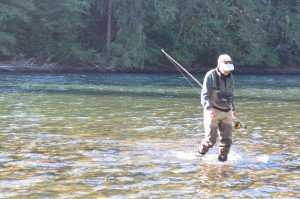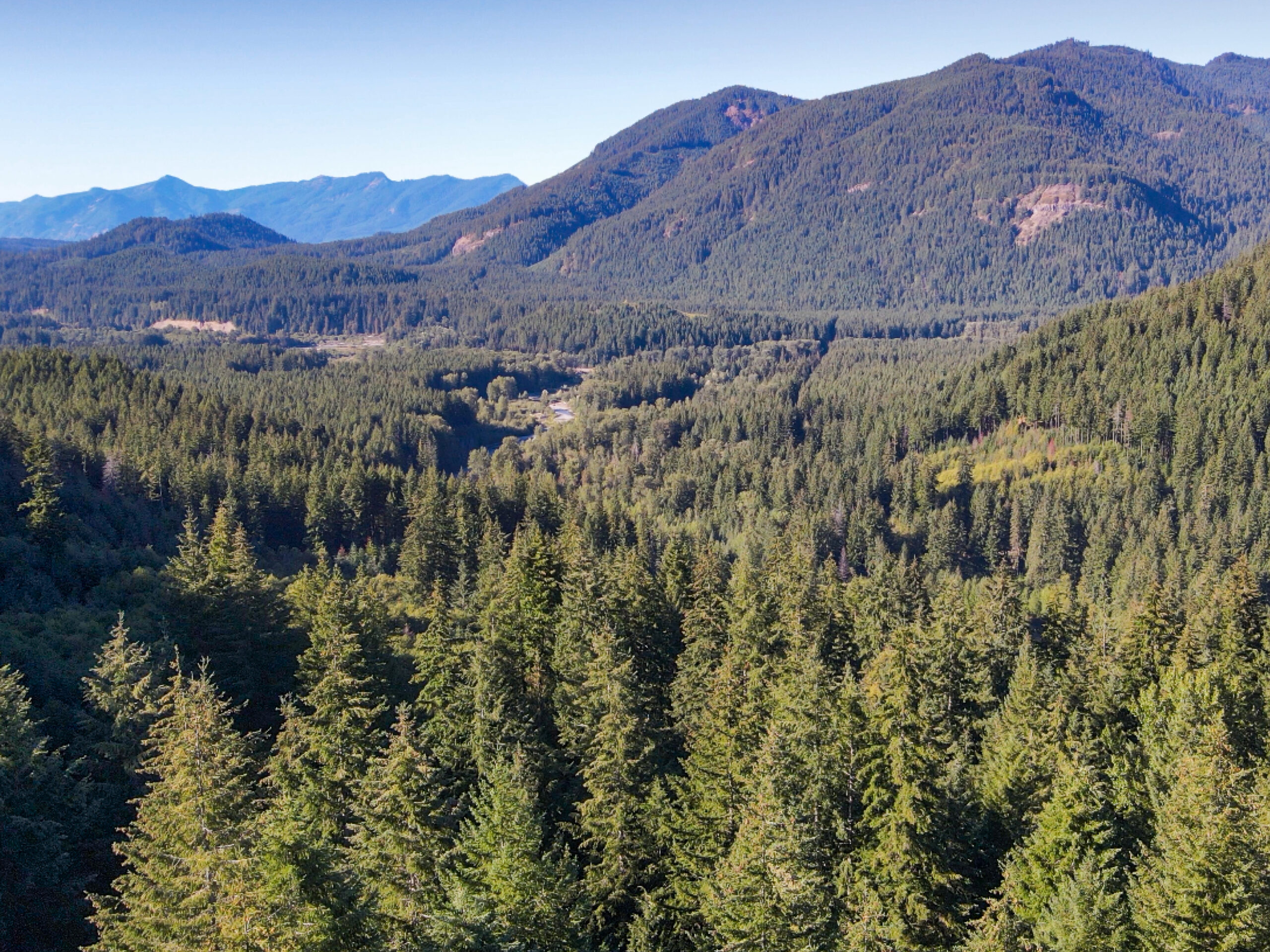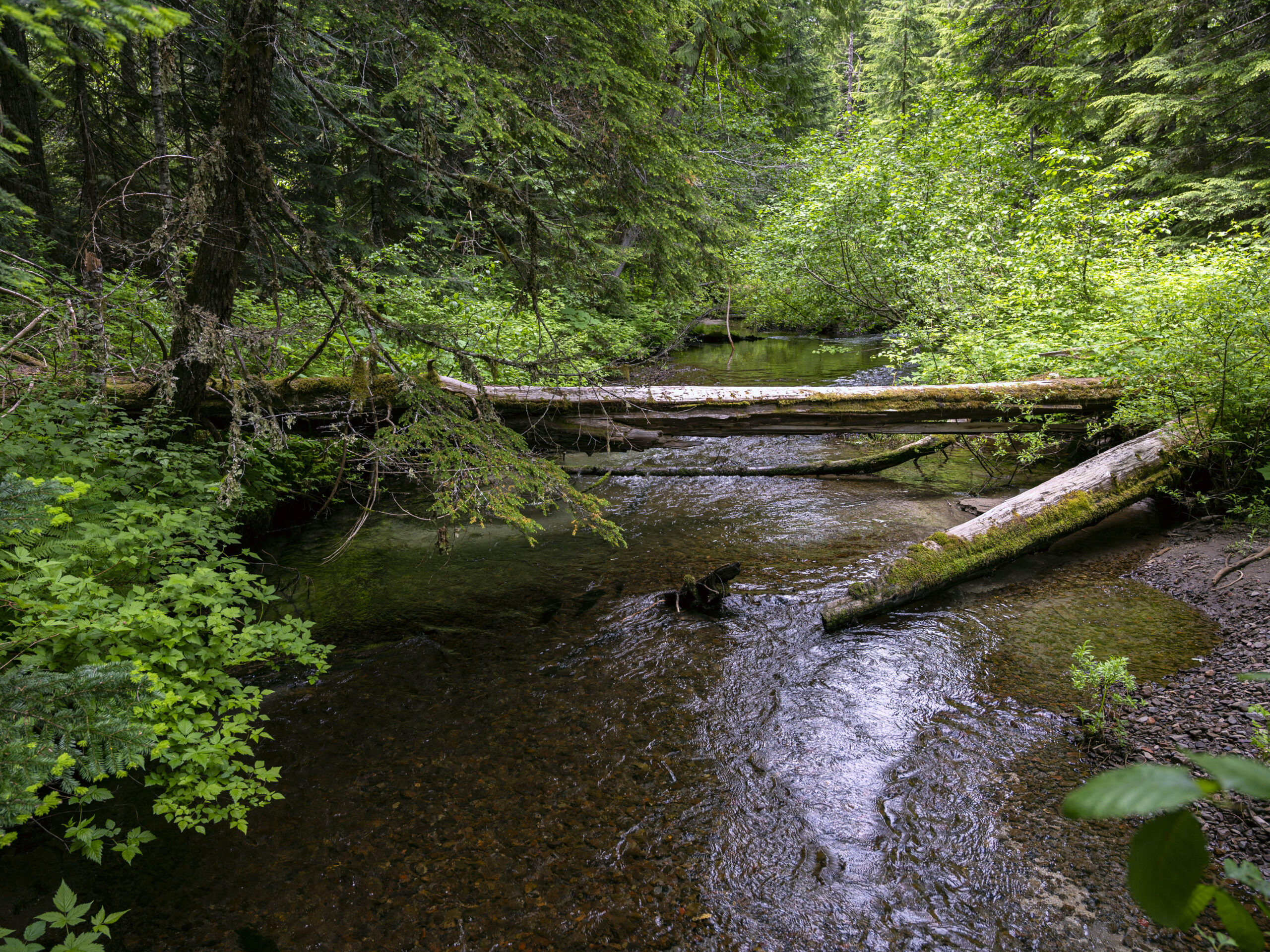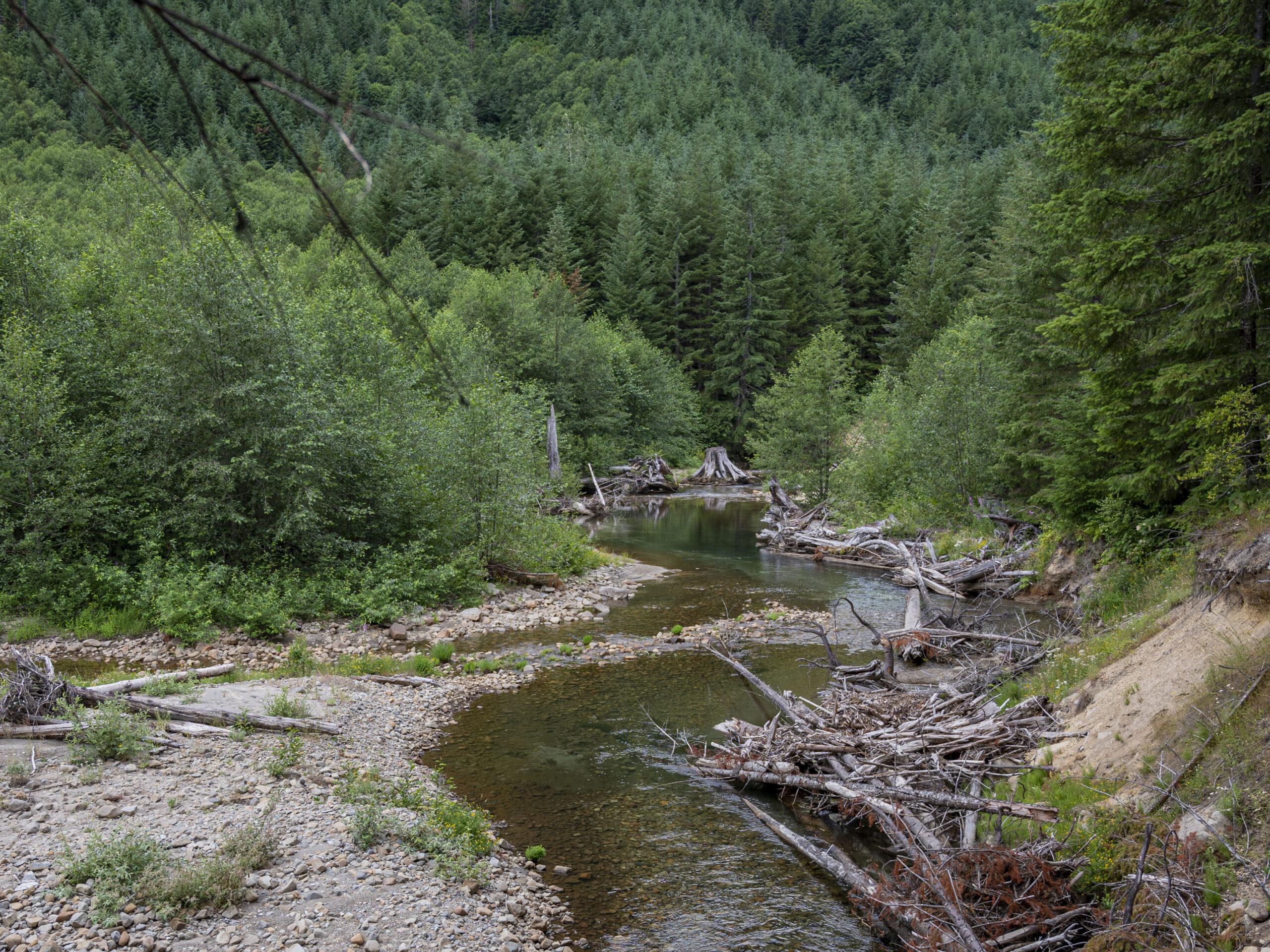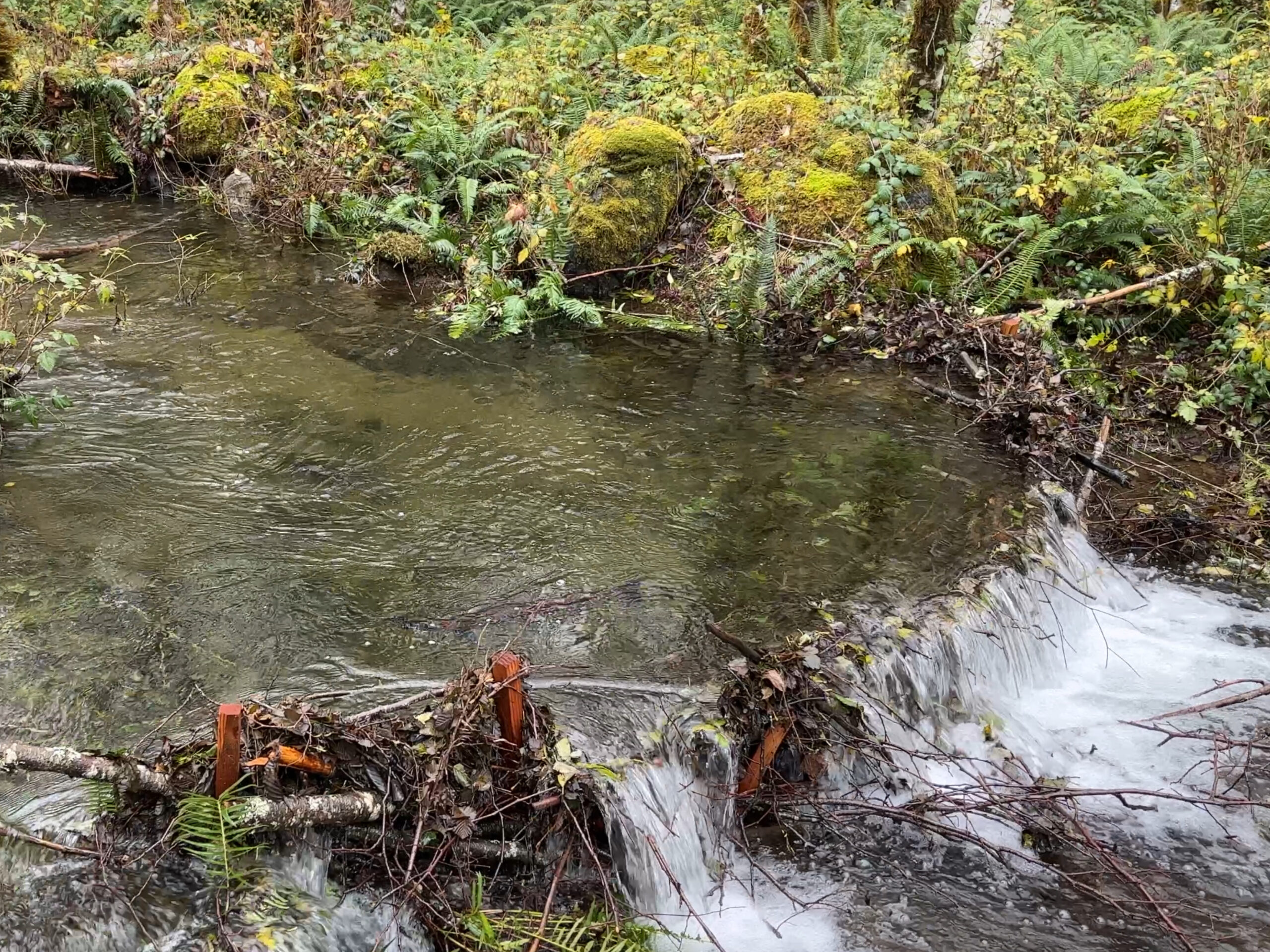[vc_row row_type=”row” use_row_as_full_screen_section=”no” type=”full_width” angled_section=”no” text_align=”left” background_image_as_pattern=”without_pattern” css_animation=””][vc_column width=”1/12″][/vc_column][vc_column width=”5/6″][vc_column_text]by Eilís O’Neill
OPB | Sept. 21, 2017 11:43 a.m. | Morton, Washington
Mining operations almost always touch off environmental opposition.
So, when there’s talk of an open-pit mine in the shadow of one of America’s most active volcanoes, in a place where heavy rains can slough toxic mine waste into rivers, controversy is bound to tinge the conversation.
That’s the case in southwest Washington, where the Forest Service has given a Canadian company permission to explore for gold and copper near Mount St. Helens.
Opponents say this is the worst possible place to have an open-pit mining operation. They’re worried it could spell disaster for municipal drinking water and imperiled steelhead. The Forest Service and the company say those fears are premature.
But there are many who would welcome a new extractive industry to a place where timber no longer flexes the economic muscle it once did. Thirty miles from the potential mine location is the town of Morton, Washington, which was once a booming logging town. Now, it’s hard to find a job there.
That lack of employment is shaping the conversation about the potential mine.
“We’re for it. We need work out here for our people,” Shirley Rothleutner said during a shopping trip to the Morton Country Market.
“It would probably be a good thing because it would bring revenue back into the town,” agreed another local Margaret Fyfe. “It’s basically either the grocery store or the bank. Everybody else has pretty much moved out of the area to go and find jobs.”
Others are worried about the potential costs.
“There’s poisons that come out of the mines,” said Philip Veal, a local resident and veteran whose military career exposed him to the impact of mining in other parts of the country. “And they devastate the trees, and that’s what we’re up here in Washington and Oregon for.”
In 2011, the Forest Service allowed the Canadian company Ascot Resources to drill 11 holes in the Green River Valley of the Gifford Pinchot National Forest. The company found enough minerals to keep exploring, so it submitted a proposal to drill 64 holes over 900 acres, to check if there’s enough copper and gold to justify a full-scale mine.
“All that we’re trying to achieve here is the very first step on the ladder to letting the people of Washington know whether they have a significant copper deposit within their community,” says Bob Evans, an Ascot Resources executive.
In late August, the Forest Service gave the company permission to drill those additional holes, and now the public has until Oct. 4 to weigh in.
The Wilderness Society just named the Green River Valley one of the 15 places in the U.S. it considers “too wild to drill” — in part because of the Green River, which feeds into the Cowlitz River.
Full Article: http://www.opb.org/news/article/mining-near-mt-st-helens/[/vc_column_text][/vc_column][vc_column width=”1/12″][/vc_column][/vc_row]
Menu



